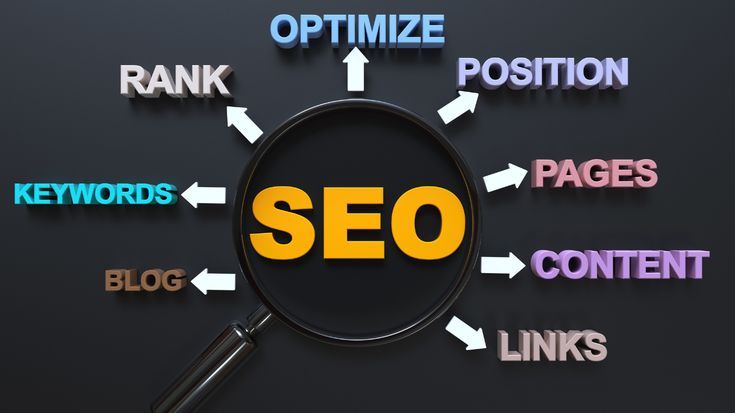You haven’t built a great website if all it has is aesthetic appeal. What’s the user experience like? Is the navigation smooth? Building a great website is about creating an experience that guides visitors effortlessly toward your goal (whether you’re selling products, sharing information, or building a brand).
In this post, we will break down five fundamental principles that distinguish effective websites from frustrating ones.
1. Simplicity:
Ever come across a website that almost made you cringe or go cross eyed? Here’s what you should know: cluttered layouts, competing colors, and too many fonts can create instant friction. Great websites are simple, which makes it easy for site visitors to immediately focus on what matters and the CTA buttons. Having just enough white space can remove distractions and let your goal shine through.
Pro tip: When designing your site, ask yourself: Can a first-time visitor understand what we offer within seconds? If your answer is no, then try this: remove all unnecessary elements, and keep navigation streamlined.
2. Mobile-First:
Globally, more than half of internet website visitors access sites through their mobile phones. As common as this piece of information is, many websites are still not optimized for mobile. Talk about slow loading, invisible buttons, or misaligned images. These would make anybody leave within ten seconds. A mobile optimized website design is one that adapts seamlessly to any screen size. This should be one of the foundational guiding principles that guide you as you develop that website.

Pro Tip: Feature tappable buttons, clear and compressed images for fast loading, and intuitive scrolling. Also, test your design on multiple devices.
3. Speed:
Once you open a website and it takes longer than three heartbeats to load, it’s out and onto the next. Users often feel like it’s a waste of precious time to wait longer than 3 seconds for a site to load. This means your site would lose a lot of conversions. Research shows that even a one-second delay can drop conversions by 7%. In summary; speed directly impacts sales.
Pro Tip: Use tools to compress images e.g TinyPNG, and invest in quality hosting.
4. Visual Hierarchy:
Visual hierarchy is like a roadmap or where you want your visitors to begin and end up. This is directly influenced by size, color, and spacing. Without clear hierarchy, your users could get lost and leave your site without getting to where you want them to go.
Pro Tip: To get this right, identify what you want your site visitors to do the most, then make that element stand out through size, color, or placement. Another great idea is using visuals to support your message
5. Consistency:
Inconsistency in general makes your business seem unprofessional. Trust grows when there is consistency in messaging and visuals. Know the meaning of your color scheme, apply straightforward language, and promote your client’s success stories to create instant credibility.
Pro Tip: Testimonials, and an easy-to-find “Contact Us” button reinforces trust, so make sure you include them.
What makes a great website design is about creating a seamless experience that turns visitors into customers. If your current site isn’t delivering what you need, at Diken David Ltd, we can fix that!
We specialize in building fast, intuitive, and high-converting websites that are tailored to your business goals.
Contact us today for a free consultation.

